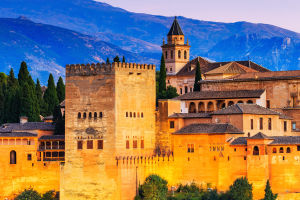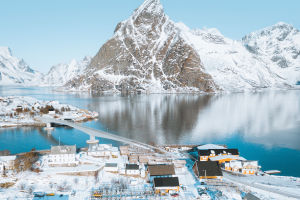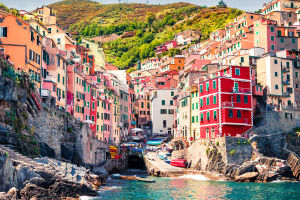Known for their picturesque beauty and historical significance, windmills have shaped the Dutch landscape for centuries.
Let’s explore their history, function, and cultural impact!
1. Historical Background
Overview: Windmills have been used in the Netherlands since the Middle Ages.
Key Points:
- The earliest windmills in the Netherlands were built in the 12th century for grinding grain and pumping water.
- By the 17th century, during the Dutch Golden Age, windmills became widespread and symbolized the country’s prosperity.
2. Types of Dutch Windmills
Overview: There are several types of windmills, each serving different purposes.
Examples:
- Grain Mills: Used for grinding grain into flour, essential for bread-making.
- Pumping Mills: Designed to drain water from low-lying areas, preventing flooding and reclaiming land for agriculture.
- Saw Mills: Utilized to cut timber, playing a crucial role in the woodworking industry.
3. Construction and Design
Overview: Dutch windmills are known for their distinctive design and construction techniques.
Key Features:
- Thatched Roofs: Traditionally covered with reeds, adding to their charm and functionality.
- Cap: The upper part of the windmill that can be rotated to face the wind.
- Wings: Large blades that harness wind power, often equipped with a system to adjust their angle for optimal efficiency.
4. Cultural Significance
Overview: Windmills are deeply embedded in Dutch culture and identity.
Key Points:
- They are often depicted in art, literature, and folklore, symbolizing the Dutch relationship with nature and technology.
- The windmill landscape of Kinderdijk is a UNESCO World Heritage site, showcasing the engineering excellence of these structures.
5. Modern Windmills
Overview: While traditional windmills still stand, modern wind turbines have emerged as a key source of renewable energy.
Key Points:
- Modern wind farms are crucial in the Netherlands' transition to sustainable energy, contributing to the country’s energy needs.
- The design and technology of contemporary wind turbines have evolved significantly, focusing on efficiency and environmental impact.
6. Conclusion
In conclusion, the Dutch windmill is more than just a beautiful structure; it is a testament to the country’s history, culture, and innovation. Whether you’re visiting a traditional windmill or seeing modern turbines in action, the significance of these structures continues to inspire. Explore the charm of the Dutch windmill, Lykkers!
These 300-Year-Old Dutch Windmills Are Still Spinning Today | National Geographic


